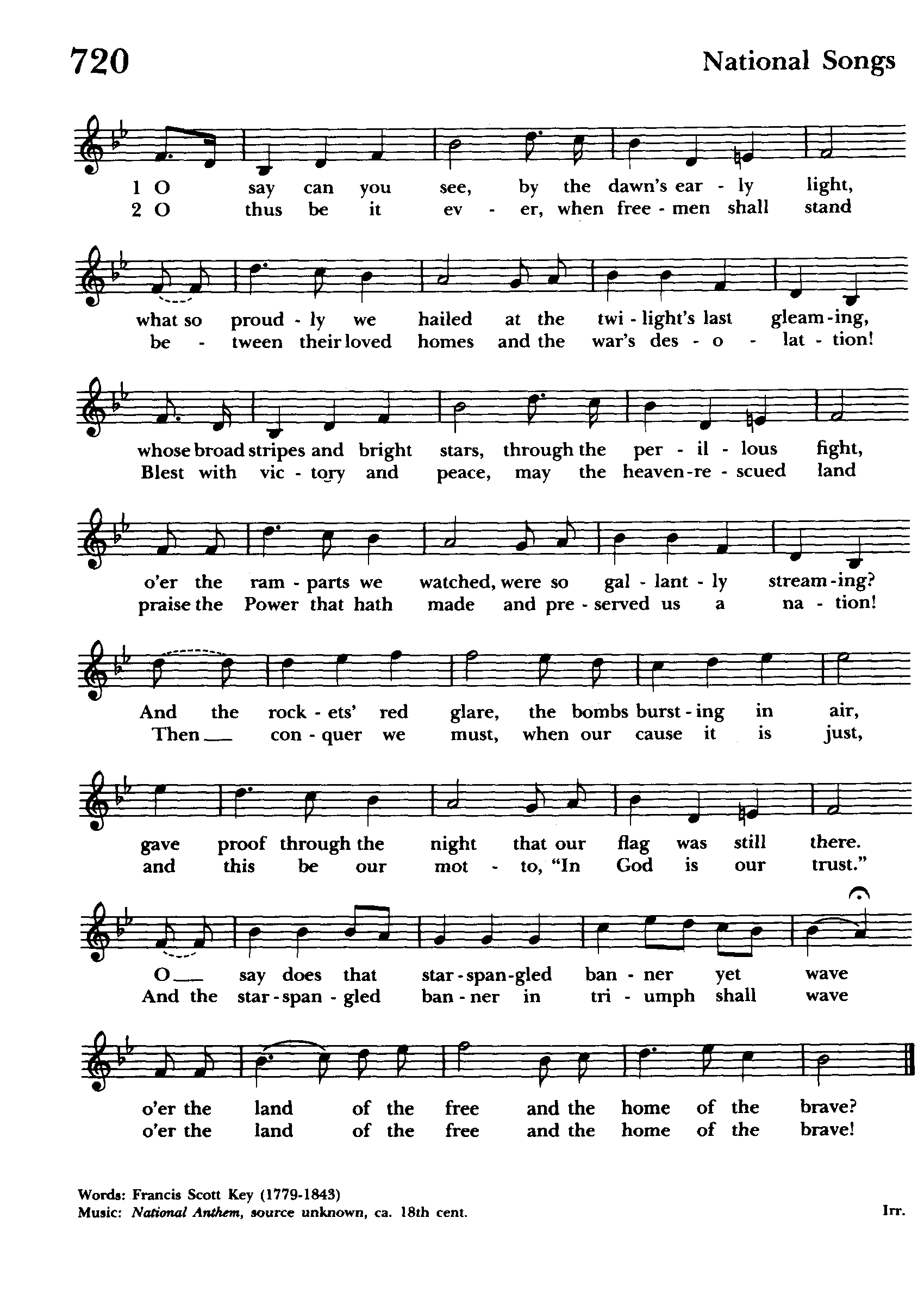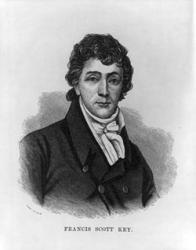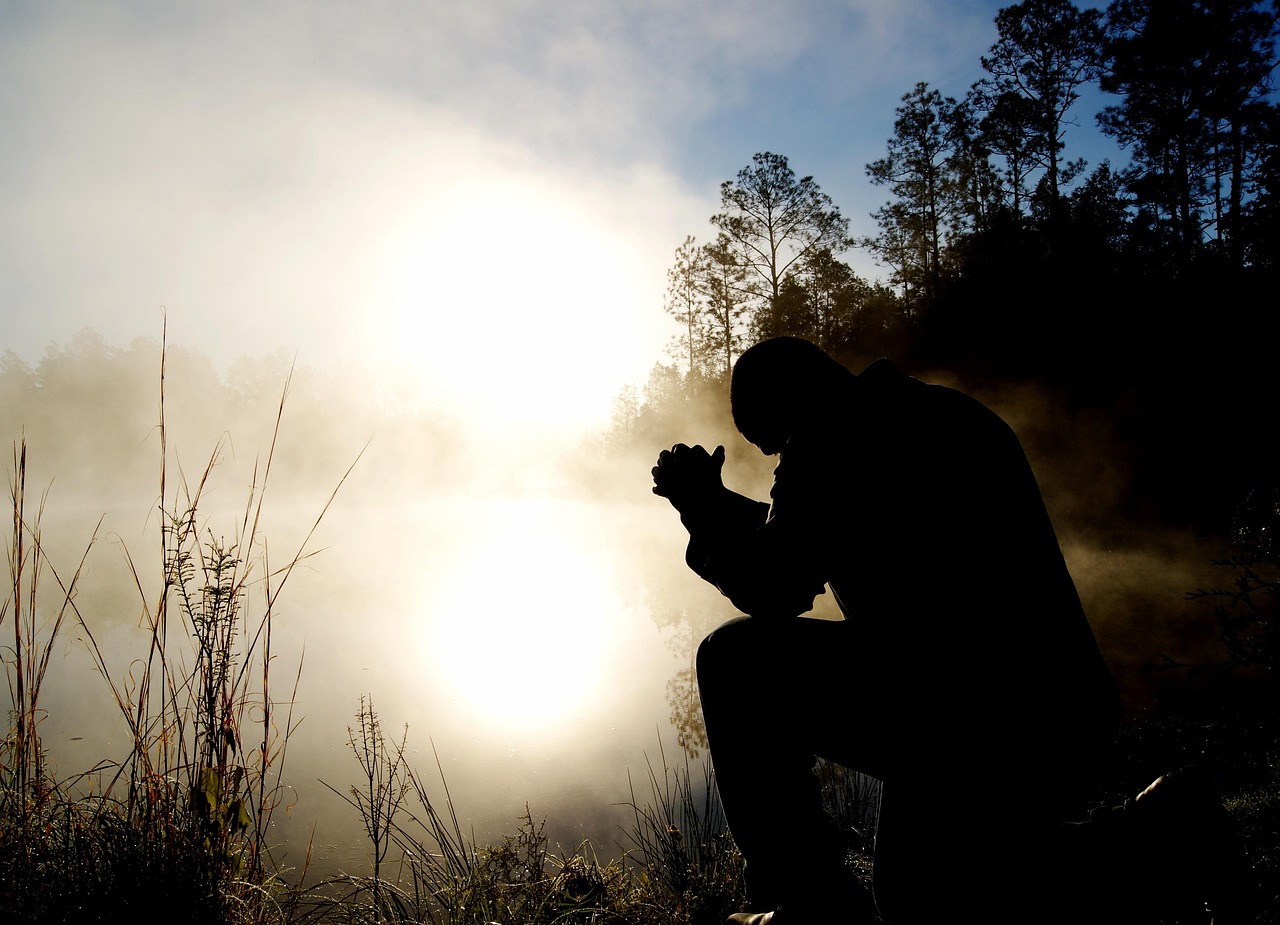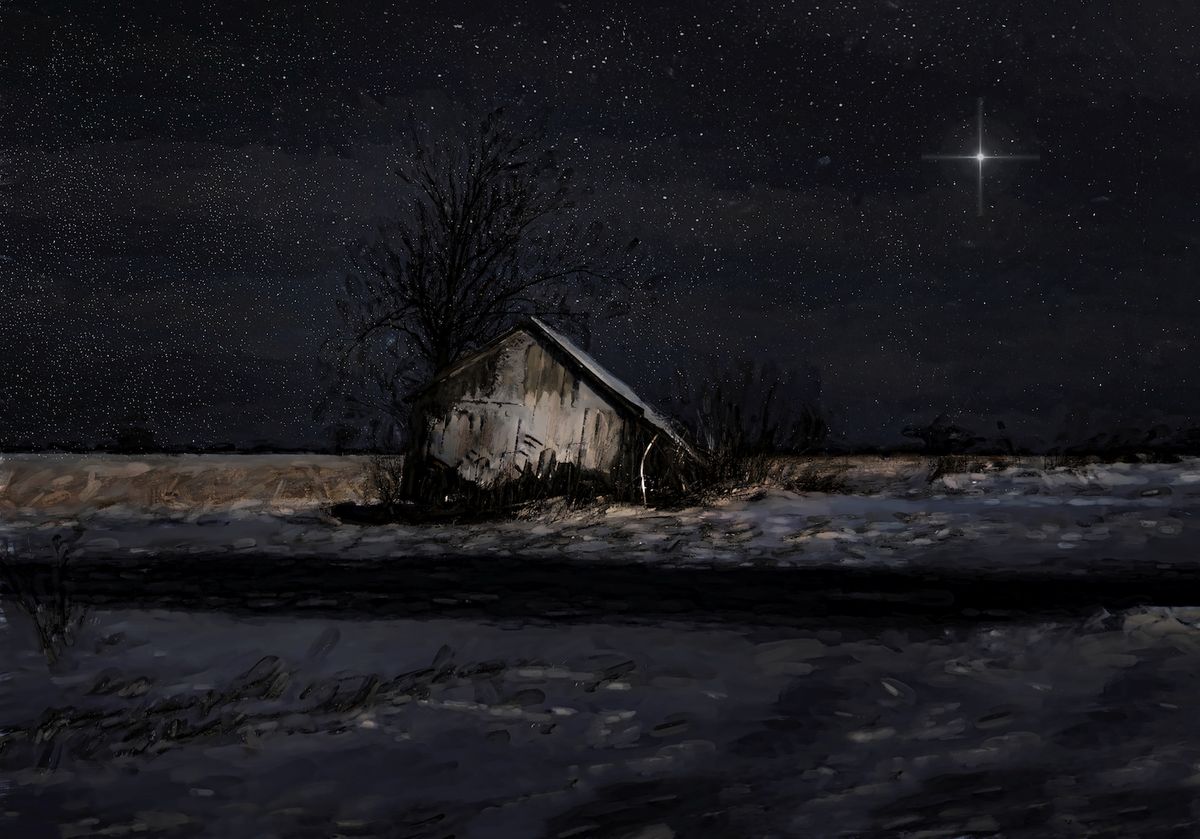The Star-Spangled Banner
By Francis Scott Key
Lyrics
What so proudly we hailed at the twilight's last gleaming,
Whose broad stripes and bright stars, through the perilous fight,
O'er the ramparts we watched, were so gallantly streaming?
And the rockets' red glare, the bombs bursting in air,
Gave proof through the night that our flag was still there.
O say, does that star spangled banner yet wave
O'er the land of the free and the home of the brave?
Between their loved homes and the war's desolation!
Blest with vict'ry and peace, may the heav'n rescued land
Praise the Pow'r that has made and preserved us a nation!
Then conquer we must, when our cause it is just,
And this be our motto, "In God is our trust."
And the star spangled banner in triumph shall wave
O'er the land of the free and the home of the brave!
Bible Reference
I Peter 2:13,14
About This Hymn
Author – Francis Scott Key, 1779–1843
Composer – Attributed to John Stafford Smith, 1750–1836
Meter – Irregular
Scripture Reference – 1 Peter 2:13–14
“Submit yourselves to every ordinance of man for the Lord’s sake: whether it be to the king, as supreme; or unto governors, as unto them that are sent by him for the punishment of evildoers, and for the praise of them that do well.” – 1 Peter 2:13–14
Francis Scott Key, author of “The Star-Spangled Banner,” was born on August 1, 1779, in Frederick, Maryland. He was the son of a respected officer who served during the American Revolution. Trained as a lawyer, Key later served as District Attorney in Georgetown, District of Columbia, for three terms. Throughout his life, he was recognized as a man of refined character and strong Christian convictions. He was also an active lay leader in the Protestant Episcopal Church, where his spiritual influence was deeply felt.
The inspiration for America’s national anthem came during the War of 1812. While British forces threatened American shores, Key was commissioned by President James Madison to negotiate the release of a friend, Dr. William Beanes, who had been captured by the British. Traveling to the mouth of the Potomac River, Key boarded a British truce vessel and successfully negotiated Beanes’s release. However, because the British were preparing to bombard Fort McHenry near Baltimore, Key and his companions were not allowed to leave until the attack was over. On the night of September 13, 1814, Key witnessed the violent assault from aboard the British ship as rockets flared and cannon fire lit the night sky.
Throughout the night, Key anxiously watched for signs that the American flag still flew above the fort, a symbol of the nation’s resistance and survival. As dawn broke, he was overwhelmed with emotion upon seeing the flag still waving—proof that Fort McHenry had held and that the United States remained unconquered. Moved by the experience, he began writing a poem on the back of a letter. After returning home, he finalized the piece and had it quickly printed and distributed in handbill form. The poem struck a deep chord with the American public, still elated by their hard-fought victory.
Within a month, the poem was published in musical form by Joseph Carr, paired with a well-known melody titled “To Anacreon in Heaven.” This tune, familiar to Americans since the 1790s, had originally been a popular British club song. Its wide twelve-note vocal range makes it challenging to sing, yet it proved to be a powerful and fitting musical setting for Key’s stirring words. While the exact composer of the melody remains uncertain, it is widely credited to John Stafford Smith, a Gloucester-born English composer who was active at Covent Garden Theater and served as conductor of the Academy of Ancient Music. Smith passed away in 1836.
The flag that inspired Key’s anthem was crafted by a fifteen-year-old girl later identified as Mrs. Sanderson, who donated it to Fort McHenry. That very flag is still preserved and on display at the Sanderson family home in Baltimore, a city that also honors Key with a statue commemorating his contribution. Though “The Star-Spangled Banner” quickly gained popularity, it was not officially adopted as the national anthem of the United States until March 3, 1931, when Congress gave it formal recognition.
The enduring impact of Key’s hymn illustrates the profound influence of sacred and patriotic music on a nation’s identity. The words of Scottish statesman Andrew Fletcher still ring true: “Give me the making of the songs of a nation, and I care not who makes its laws.” Through the providential events of a single night in 1814, Francis Scott Key left an indelible legacy—one that continues to stir the hearts of Americans to this day.


📬 Subscribe to Our Devotional Updates
Receive weekly hymns, devotionals, and website features directly in your inbox.
Hymn Information

- Category: Hymn
- Author/Writer: Francis Scott Key (1814)
- Added: July 11, 2025
- Last Updated: July 11, 2025
- Views: 310
MIDI File
Recent Blog Posts
-
 How to Develop a Consistent Prayer Schedule
How to Develop a Consistent Prayer Schedule
Dec 11, 2025 -
 How to Forgive Someone Who Deeply Hurt You
How to Forgive Someone Who Deeply Hurt You
Dec 11, 2025 -

-
 Why Christmas Is Celebrated on December 25
Why Christmas Is Celebrated on December 25
Dec 11, 2025 -
 10 Most Renowned Hymn Writers
10 Most Renowned Hymn Writers
Dec 10, 2025
Visit Us on Social Media
Latest from X (Twitter)
Tweets by HymnalLibraryLatest from Facebook
Latest on YouTube
Daily Bible Verse
Disclaimer
The hymns, sheet music, MIDI files, and related content on this website are provided for educational and research purposes only.
- Public Domain: Many of the hymns featured here are in the public domain and may be freely used.
- Copyrighted Works: Some hymns may still be under copyright protection. Where applicable, permission has either been requested from the copyright owner, or the content is shared under the principles of fair use for educational purposes.
⚠️ Important Notice: If you wish to reproduce, distribute, or use any copyrighted hymn beyond personal study or educational use, you must obtain permission directly from the copyright holder. This website does not grant any rights for commercial use yet.
If there is any other question please address it to us in our Contact Page, for further assistance. Thank you for using the site. May God Bless You.